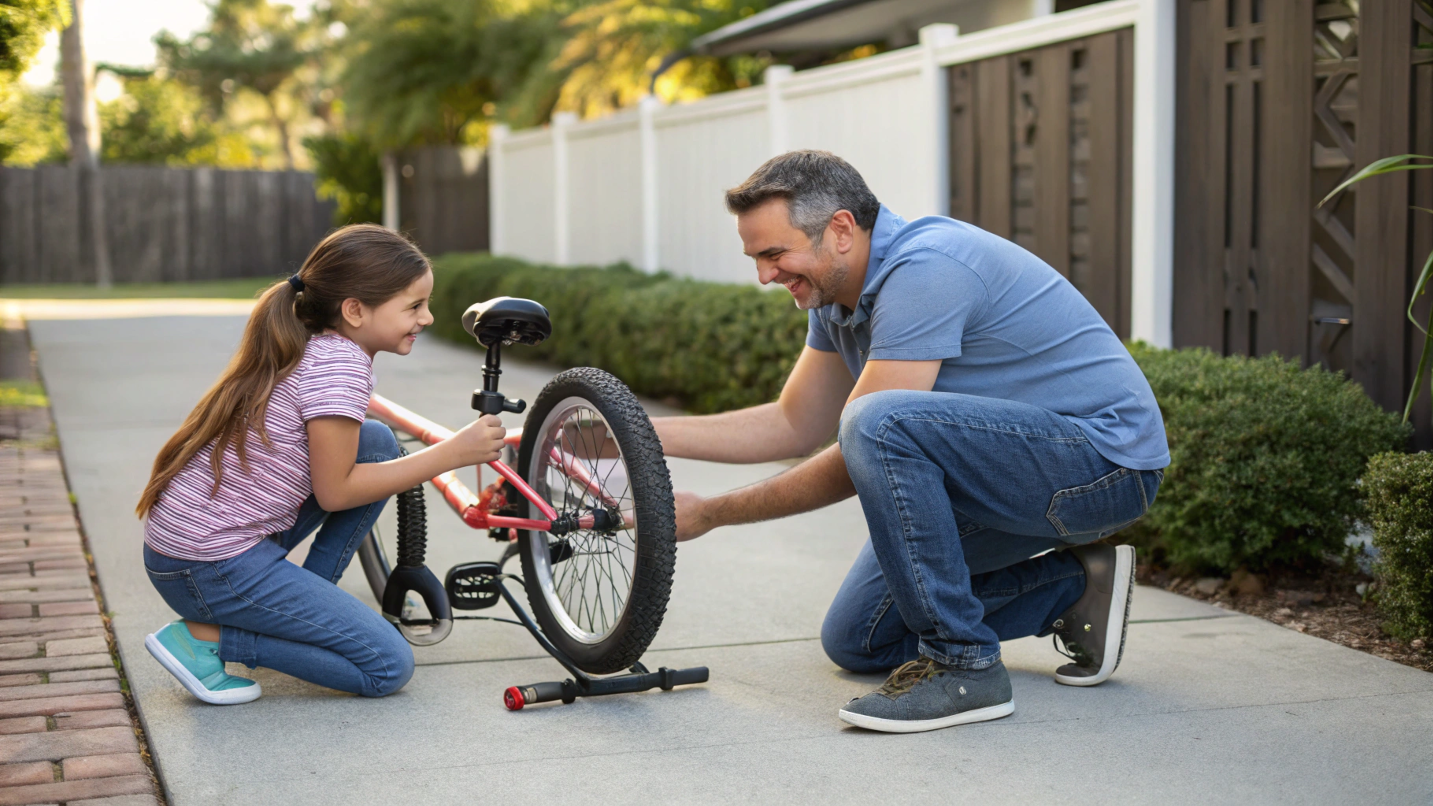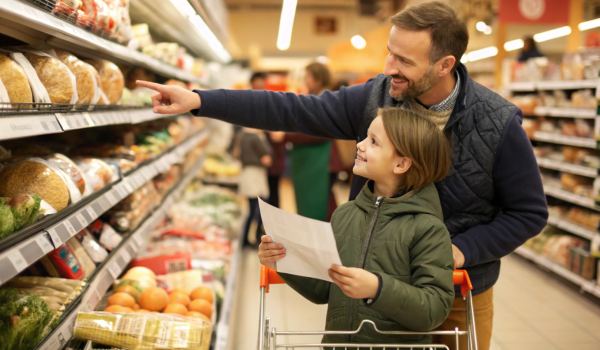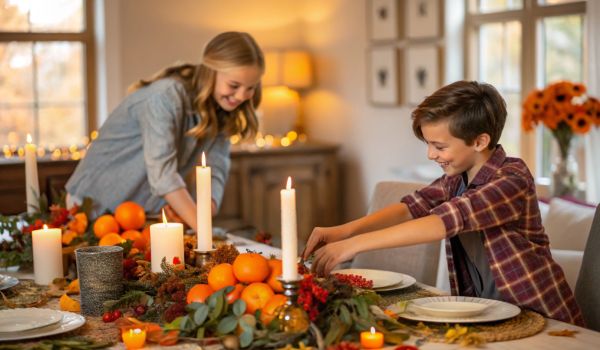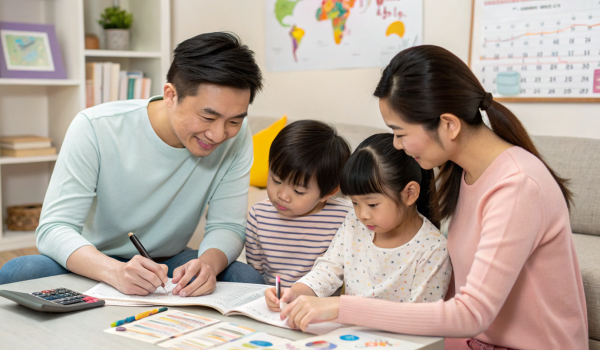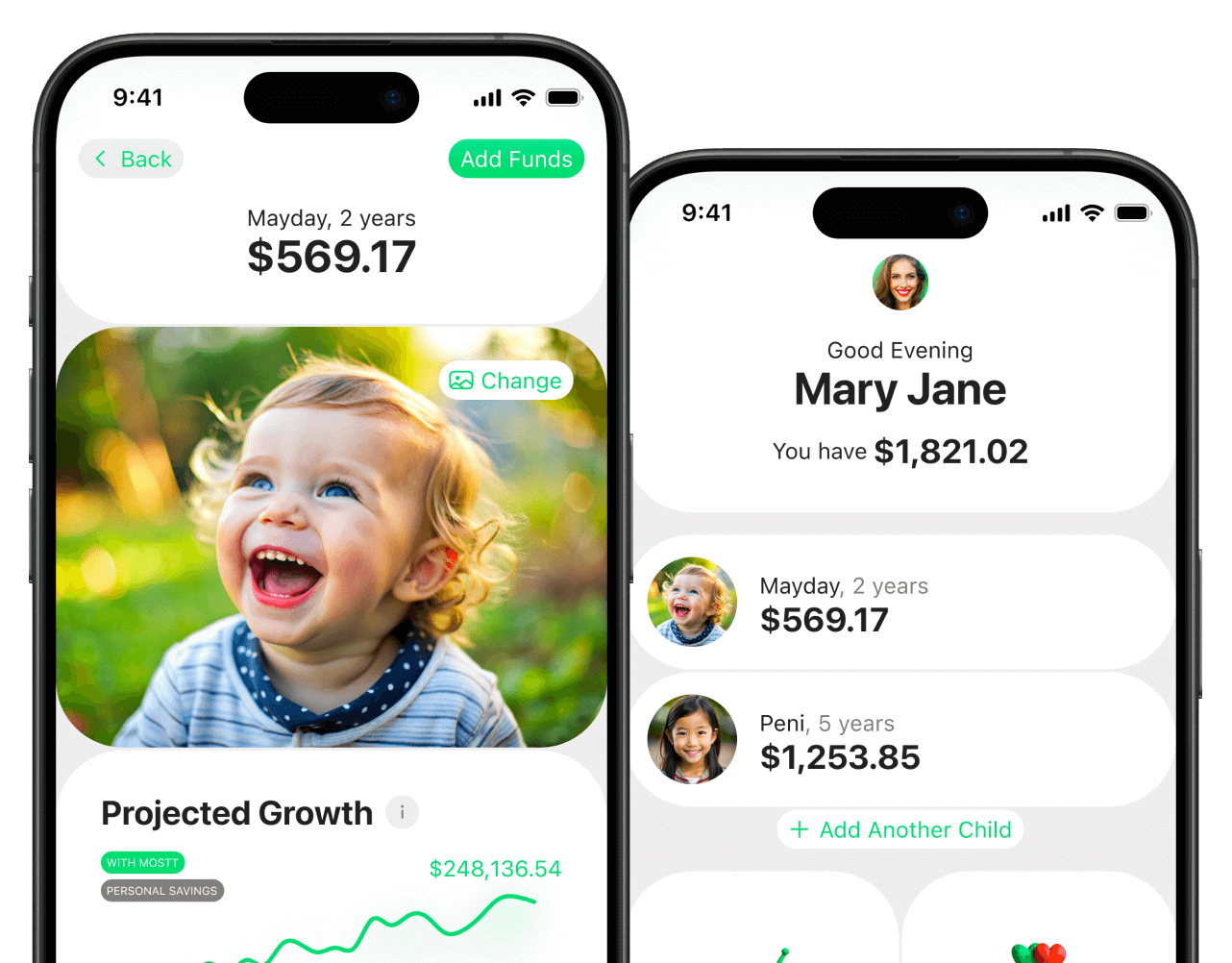There’s a moment every parent eventually faces. You’re walking through your child’s room and realize you can’t see the carpet anymore. Toy cars are wedged under the dresser, a stuffed animal mountain is spilling out of the closet, and clothes that fit last season are now crumpled in a pile, waiting for attention.
It’s overwhelming—for you and for them.
But here’s the good news: that pile of “too much” is actually a teaching moment.
The simple act of donating old toys and clothes can help your kids learn generosity, gratitude, and responsibility. And maybe most importantly, it can give them the freedom to let go.
Why Letting Go Matters for Kids
Kids get attached. To toys. To clothes. To random Happy Meal trinkets that have zero long-term value. And in a world that constantly tells them more is better, the idea of letting something go feels uncomfortable.
But life isn’t about holding on to everything—it’s about learning to give.
When we teach our kids to donate what they no longer use, we’re giving them tools for life. Let’s break down what really happens when a child learns to release something they’ve outgrown.
1. Gratitude
When your daughter picks up her old princess dress and remembers the birthday party where she wore it, she learns to smile at the memory, not cling to the object. Gratitude comes when kids realize, I was lucky to have this for a time. It’s a chance to reflect on good experiences rather than hoard things out of fear.
A practical step here: before putting items in the donation bag, invite your child to say “thank you” out loud for the toy or piece of clothing. That simple ritual turns the act into a moment of appreciation rather than loss.
2. Generosity
There’s a unique joy that comes from realizing your extra can become someone else’s blessing. Kids may not naturally think this way—most of us don’t—but when they place a toy in the donation pile and you explain, Another child who doesn’t have many toys will get to play with this, it flips a switch.
Generosity is learned. And one of the easiest ways to teach it is through this practice. According to The Salvation Army, donated toys and clothes directly support families in need through community centers and outreach programs.
3. Contentment
One of the most powerful lessons children can learn is that happiness isn’t found in having more. Donating teaches kids that stuff has a cycle—it comes into our lives, serves a purpose, and eventually moves on.
When kids don’t feel the need to cling to every object, they live lighter, freer lives. That’s a gift you want them to carry into adulthood.
Turning Clutter Into a Teaching Moment
Here’s the challenge: if you just announce, “We’re getting rid of toys today,” your kids may panic. The key is to make this about invitation instead of punishment.
Think about it. If someone walked into your room, grabbed your favorite sweater, and tossed it into a bag without asking, you’d feel violated. The same is true for your kids. Donating shouldn’t feel like something being done to them—it should feel like something they’re part of.
Tell a Story
Children learn best through stories. Instead of saying, We need to clean up, tell them about another child who might be waiting for a toy or coat. For example:
“Did you know some kids don’t have warm jackets when it’s cold? What if we found one of your old ones that doesn’t fit and gave it to another boy or girl so they can be warm, too?”
That story shifts the focus from loss to impact. Organizations like Baby2Baby share stories of how children in poverty receive basic essentials like clothing, diapers, and toys through donations.
Make It a Choice
Kids feel empowered when they have agency. Instead of you deciding, let them pick what they’re ready to part with. At first, it might only be one or two small things—and that’s okay. The goal is to build the muscle of generosity, not to empty the whole closet in one day.
Tip: Create categories. Ask them to find one toy, one book, and one piece of clothing they don’t use anymore. That structure helps guide their choices without overwhelming them.
Celebrate the Moment
When you drive to a donation center, bring them with you. Let them carry the bag, walk it up, and drop it off. Then, celebrate with a family high-five or even a small treat afterward. The idea is to link giving with joy, not drudgery.
Over time, the memory of those donation trips will matter more to your child than the toys they gave away.
The Ripple Effect of Generosity
Parents often think the main benefit of donating is decluttering. Sure, your home will feel lighter, but the deeper value is how it shapes your child’s heart.
When kids begin to practice giving, it doesn’t stop at toys or clothes. They start noticing needs in other places.
Imagine your 6-year-old donating a teddy bear because “another kid might need it more.” A year later, maybe they set aside part of their allowance for a food drive at school. By middle school, they may volunteer their time to help others.
Generosity grows like a ripple in water—one act leads to another. Research published by PMC shows that children who learn generosity early are more likely to develop empathy and positive social behaviors later in life.
And when giving becomes part of your family culture, it changes the way your kids see the world. Instead of living with a “get all you can” mindset, they live with an “I can make a difference” mindset.
That’s the kind of perspective that will serve them not just now, but throughout their whole lives.
Practical Ways to Get Started
If this idea feels good in theory but hard in practice, here are some easy steps to make it real:
-
Create a “Giving Box.” Keep a box or basket in your child’s room labeled “Donations.” Anytime they outgrow a toy or shirt, encourage them to place it there. Once it’s full, make a family trip to donate.
-
Set Seasonal Rhythms. Around birthdays or holidays (when new items often come in), encourage kids to find 3–5 things to donate. This helps balance “receiving” with “giving.”
-
Visit Organizations Together. If possible, take your kids to a local shelter, thrift store, or donation center. Let them see the faces of the people who benefit from their giving. The impact becomes real.
-
Model the Behavior. Let your kids see you donating your own clothes or household items. When they know this is a family value, not just something “for kids,” it carries more weight.
A Simple Weekend Challenge
If you’re ready to try this, here’s one small challenge:
This weekend, grab a bag and say to your kids, “Let’s each find 5 things we can give away to help another family.”
Keep it simple. Keep it specific. And keep it repeatable.
When you drop the items off, pause. Don’t rush away. Talk about how these things will matter to another child. That’s where the transformation happens.
The Bigger Story
Your kids don’t just need a clean room. They need a bigger story to live in—one where their choices make the world better.
Donating used toys or clothes may feel like a small act, but for your children, it’s a chapter in the story of becoming kind, grateful, and generous adults.
Because in the end, the lesson isn’t just about letting go of stuff.
It’s about letting go of self-centeredness.
And that’s a gift that will stay with them for life.
Where to Donate
If you’re wondering where to take your child’s donations, here are some reputable places that accept toys and clothes:
-
Goodwill – helps fund job training and community programs.
-
The Salvation Army – supports families in need across the country.
-
Baby2Baby – provides basic essentials for children living in poverty.
-
Local shelters or churches – many accept gently used toys and clothing directly for families in your community.
Pointing your child to one of these organizations makes the impact even more tangible.
